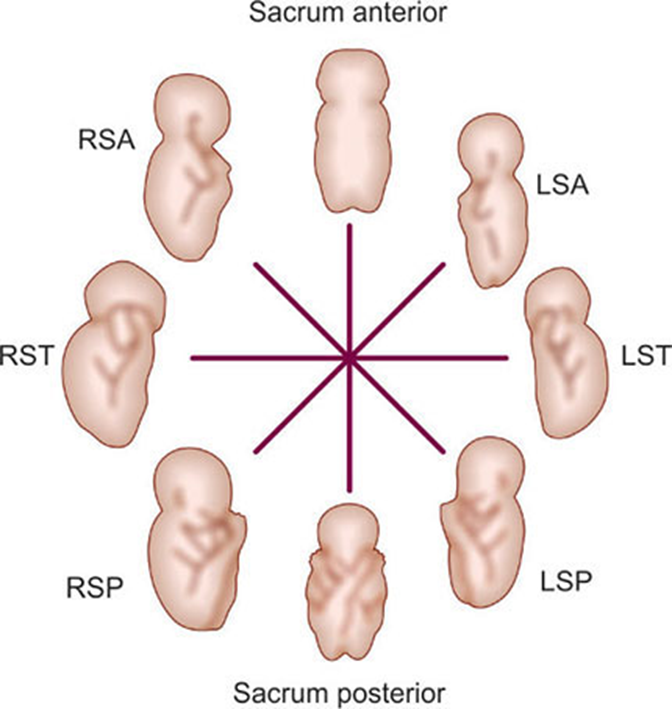A nurse is preparing to administer oxytocin to a client who is postpartum. Which of the following findings is an indication for the administration of the medication? (Select all that apply.)
Flaccid uterus
Cervical laceration
Excess vaginal bleeding
Increased afterbirth cramping
Increased maternal temperature
Correct Answer : A,C
Nursing Test Bank
Naxlex Comprehensive Predictor Exams
Related Questions
Correct Answer is B
Explanation
A. Shoulder presentation is not typically described using the terms RSA. Shoulder presentation would be noted differently, and it is uncommon.
B. Breech presentation involves the presentation of the fetus with the buttocks or feet first. RSA indicates the specific position of the sacrum in relation to the mother's right side.

C. Vertex presentation refers to the head-first position, and it is not described using the terms RSA.
D. Mentum presentation is not a standard term used to describe fetal presentation. Mentum typically refers to the chin, and fetal presentations are commonly described in terms of the presenting part (e.g., vertex, breech).
Correct Answer is D
Explanation
A. Decreased vaginal discharge is not typically associated with the onset of labor. In fact, an increase in vaginal discharge may be observed as the cervix begins to soften and efface.
B. Weight gain of 0.5 to 1.5 kg is not a specific sign that precedes labor. Weight gain during late pregnancy is more related to fluid retention, and it does not necessarily indicate imminent labor.
C. Urinary retention is not a common sign that precedes labor. However, increased pressure on the bladder from the descending fetus may lead to more frequent urination rather than retention.
D. A surge of energy is known as the "nesting instinct" and is a common sign that precedes labor. Some women experience a burst of energy and motivation to prepare for the upcoming birth.
Whether you are a student looking to ace your exams or a practicing nurse seeking to enhance your expertise , our nursing education contents will empower you with the confidence and competence to make a difference in the lives of patients and become a respected leader in the healthcare field.
Visit Naxlex, invest in your future and unlock endless possibilities with our unparalleled nursing education contents today
Report Wrong Answer on the Current Question
Do you disagree with the answer? If yes, what is your expected answer? Explain.
Kindly be descriptive with the issue you are facing.
